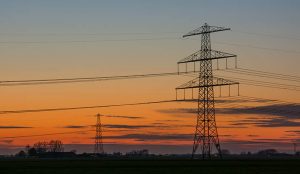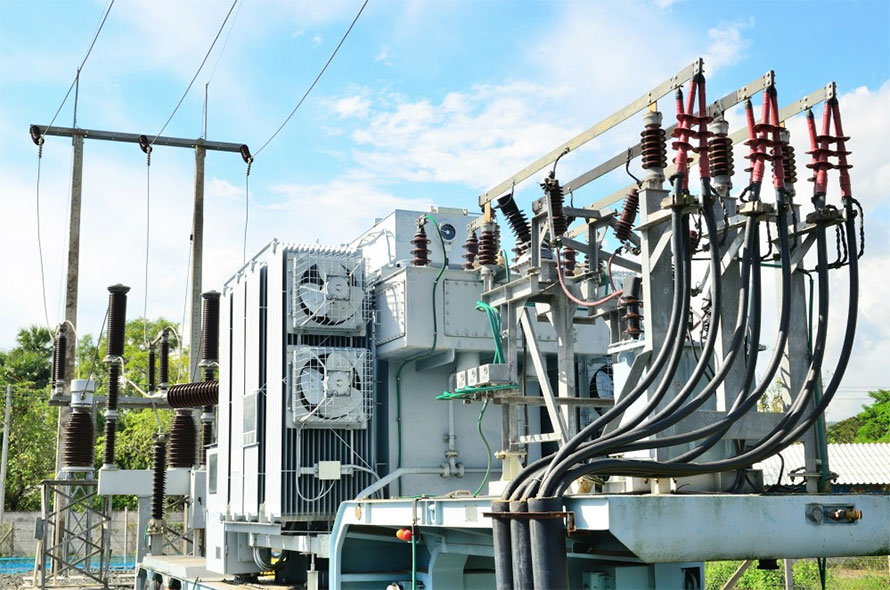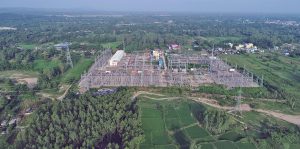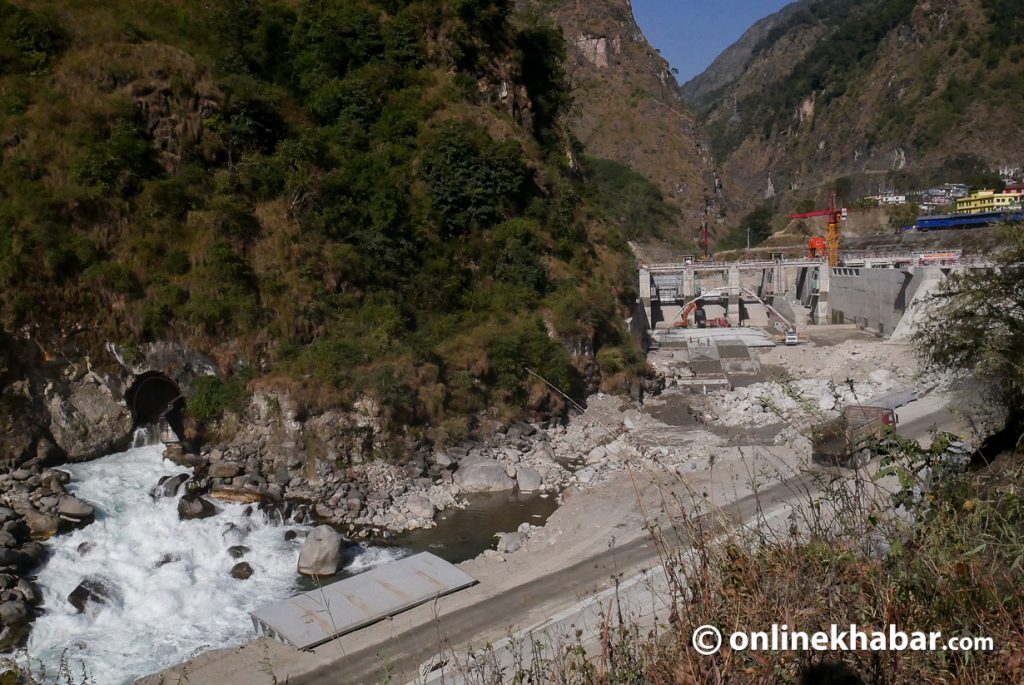
After the 44-megawatt Super Madi Hydropower Project connected to the national grid, the total capacity of the grid has reached 2,526.9 megawatts. According to the Nepal Electricity Authority (NEA), 376 MW of electricity has been added to the national grid in the current fiscal year alone (after mid-July 2022) as 18 new projects have started electricity production.
The authority’s Load Dispatch Centre chief Suresh Bahadur Bhattarai, also the spokesperson of the authority, says that the connection capacity is increasing as the construction of the projects is being completed rapidly. Along with this, Bhattarai says the amount of electricity that needs to be “managed” during the rainy season is also increasing.
But the escalation in electricity production is raising concerns within the authority as it feels a large amount of electricity will be wasted during the rainy season if it does not receive permission to export electricity to India.
Weighing fears vs hopes
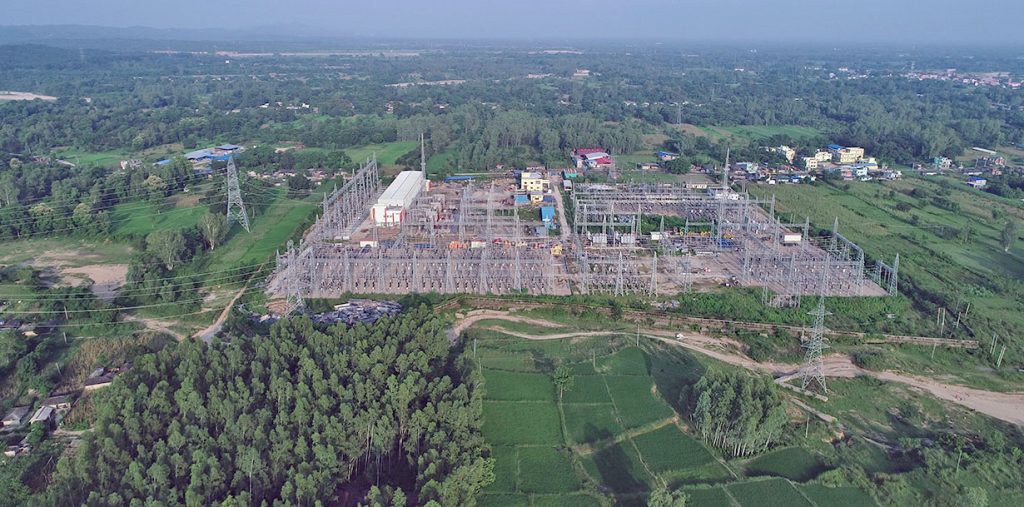
During the rainy season, electricity production goes to full capacity in projects based on river flow. But it is certain that the electricity produced will not be consumed within the country.
According to the NEA, 1,700 MW of electricity is consumed in Nepal during the evening and morning peak hours. The consumption goes down significantly during the night. Despite knowing this and that Nepal does not have permission to sell more electricity to India, more projects are being connected to the national grid.
This means around 800 MW of electricity will not be consumed within the country. At night, this goes up to 1,000 MW. If the unconsumed electricity cannot be exported, there is fear that these projects might have to shut down as electricity produced by them will be wasted as in previous years.
Moreover, if private-sector projects are closed, the authority itself has to pay compensation.
As the electricity production projects under construction are being completed at a rapid pace, the NEA is happy that it will not have to depend on India for electricity during the winter months. Nonetheless, during the winter, as the water level decreases, the capacity of most of the projects decreases.
According to government data, the electricity production capacity of the country has exceeded 2,600 megawatts, including those outside the national grid.
It is estimated that there are around 85 megawatts of electricity outside the national grid. Electricity is produced through projects under the Independent Power Producers Association Nepal and Alternative Energy Promotion Centre along with the Electricity Authority.
Currently, 1,122 megawatts of electricity are being produced by the NEA and its subsidiary companies while private-sector projects have reached 1,410 megawatts.
The NEA has estimated the installed capacity will exceed 3,000 MW this year after the completion of the Rasuwagadhi, Mid-Bhotekoshi and other electricity production projects being built through the authority’s subsidiary companies.
But no work has been done to ensure that the electricity produced by these companies is not wasted.
What’s next?
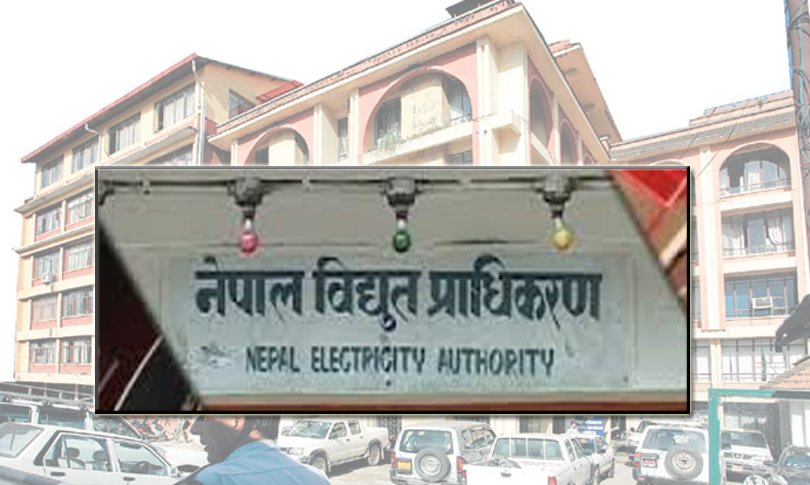
Interestingly, there are more electricity production projects under construction. According to the NEA, projects worth over 3,000 MW are under construction. Projects of more than 10,000 MW are waiting for power purchase agreements (PPA). Out of that, 1,500 MW projects are in the process of PPA.
The annual management of electricity production has become a headache for the NEA. As the construction of hydropower projects is rapidly being completed, the leadership of NEA says it is trying to create an environment where maximum electricity can be exported to India.
The Nepal-India energy secretary-level joint meeting held in India on February 17 and 18 has set the foundation for exporting up to 1,300 MW of electricity to India. India is ready to import and export up to 800 MW from the Dhalkebar-Muzaffarpur transmission line, which is currently exchanging 600 MW of electricity.
India is also ready to export up to 400 MW from Raxaul-Parwanipur, Kushah-Kataiya, and Mainhya-Sampatiya transmission lines, which are connected to Bihar. Up to 80 MW of electricity can be sent to India from Tanakpur.
At present, India has allowed the export of 452 MW from Nepal in the day-ahead market of Indian Energy Exchange Limited (IEX).
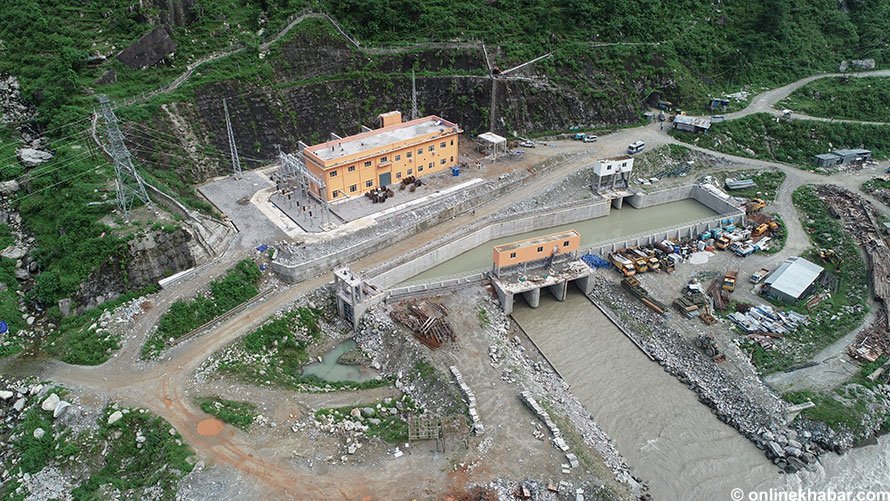
Kulman Ghising, the executive director of the Nepal Electricity Authority, says that India is giving permission to more projects in a phased manner and will continue to do so.
“We are confident that the other projects proposed by us will also get permission,” he says. “We believe that energy trade and cooperation with India will expand further in the future, and both countries will reap maximum benefits.”
From June 2, 2022, to December 18, 2022, the authority exported electricity worth Rs 11.16 billion to India. This was possible thanks to the surplus electricity production by various hydropower projects in Nepal.
Ghising says that the authority is ready to bring financial benefits to the country by dealing with the challenge of managing electricity that will not be consumed in the country in the coming monsoon. He says that there is a possibility that up to 1,200 megawatts of electricity can be exported to India in the rainy season.
Ghising informs that a proposal has been sent to India for the export of about 400 megawatts of electricity, including newly built ones. He says the NEA is also managing infrastructure to export 50 MW of electricity to Bangladesh in the monsoon.
“The transmission line will also be ready next year to export the 2,000 MW of electricity from Arun III to India,” he says. “The total capacity of that line is 4,000 megawatts. A tender has also been called for the Butwal-Gorakhpur international transmission line.”
This story was translated from the original Nepali version and edited for clarity and length.






